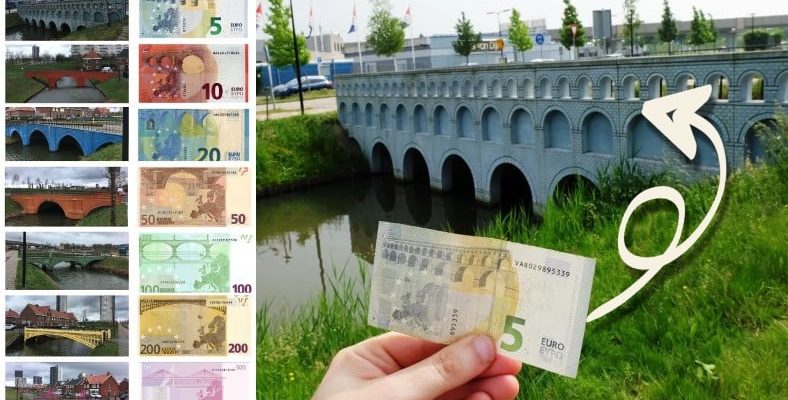If you have ever held a euro (and in this economy…) you must have noticed the bridge designs on the banknotes. None of these bridges existed on Earth. Until the Netherlands trolled all of Europe.
To prevent injustice between European countries to coins It is quite fair to build bridges that do not actually exist. It looked like. So countries “I’m upset, I’m not playing.” he wouldn’t.
However, the Netherlands “I broke this game!” he said and took action. He had all the real bridges in the pictures built one by one!
The banknotes refer to different periods of Europe.
We can encounter different bridge images on the back of the euros. These bridge images, It represents periods and architecture of European cultural history.
Since banknotes cannot be designed separately for each region in Europe, imaginary images are used to avoid injustice between countries. Above coins worth €5, €10, €20, €50, €100, €200 and €500 We can see Classical Antiquity, the Roman period, the Gothic period, the Renaissance, Baroque and Rococo.
The Netherlands broke new ground and made its own bridges real in 2013.
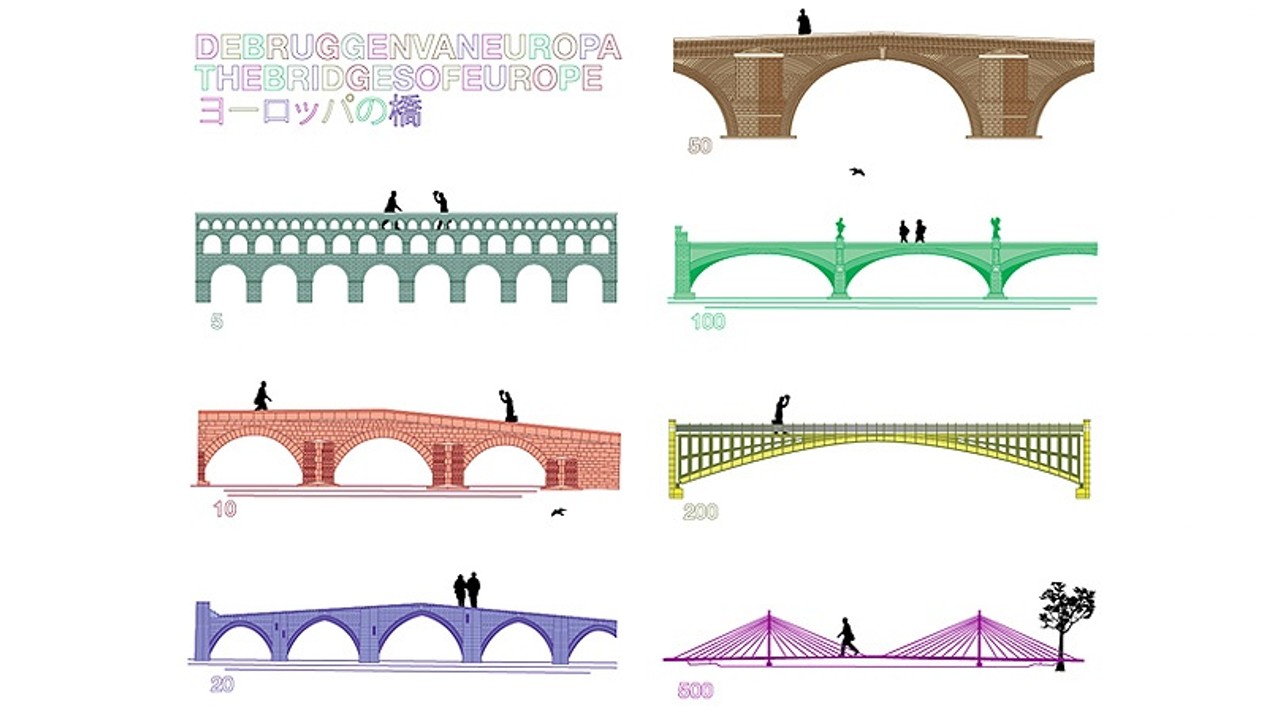
In a way, the Netherlands trolled other countries. Designer Robin Stam thought it might be fun to make bridges a reality and started designing them. Each of the seven bridges, painted concrete is poured into specially made wooden molds modeled.
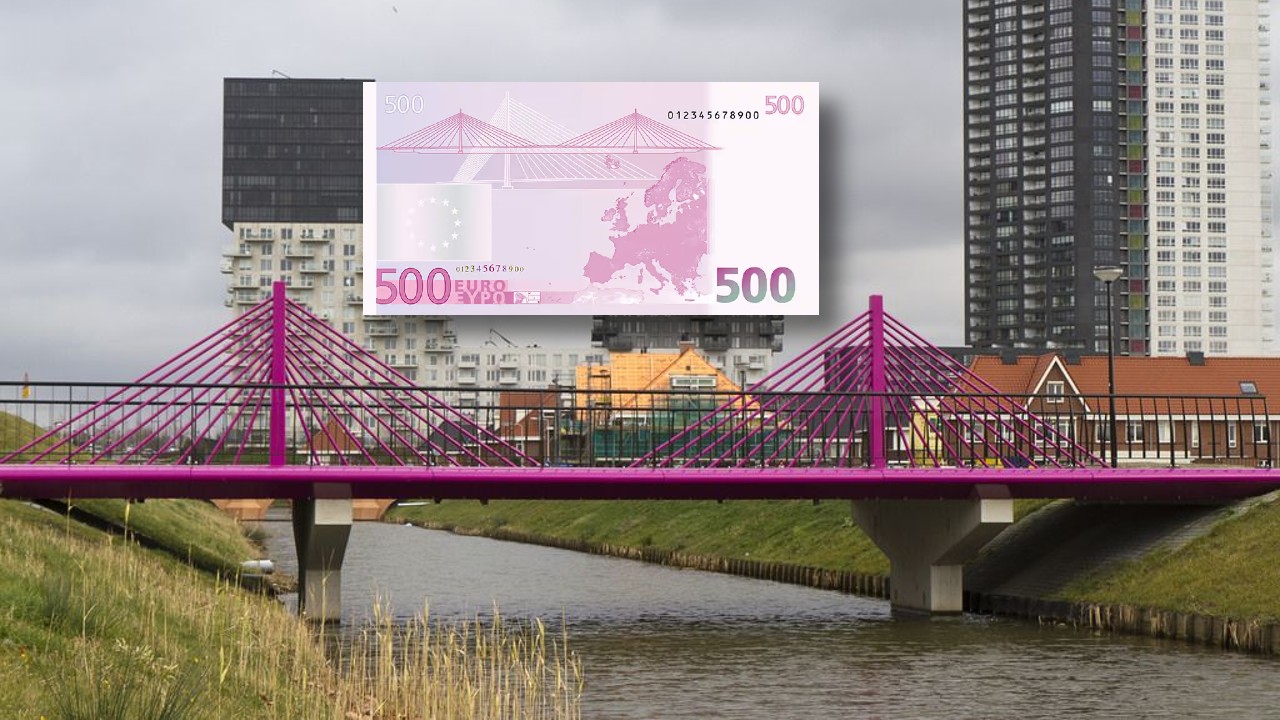
The creative designer presented his idea to the European Central Bank and it was highly appreciated and approved. To the town called Spijkenisser, The real ones of the imaginary bridges on the banknotes were built. The colors of the bridges were also the color of the coins! On 26 October 2011, Jan Franssen, then representative of the Queen of South Holland, opened the ceremony.
It continued to be performed until 2013.
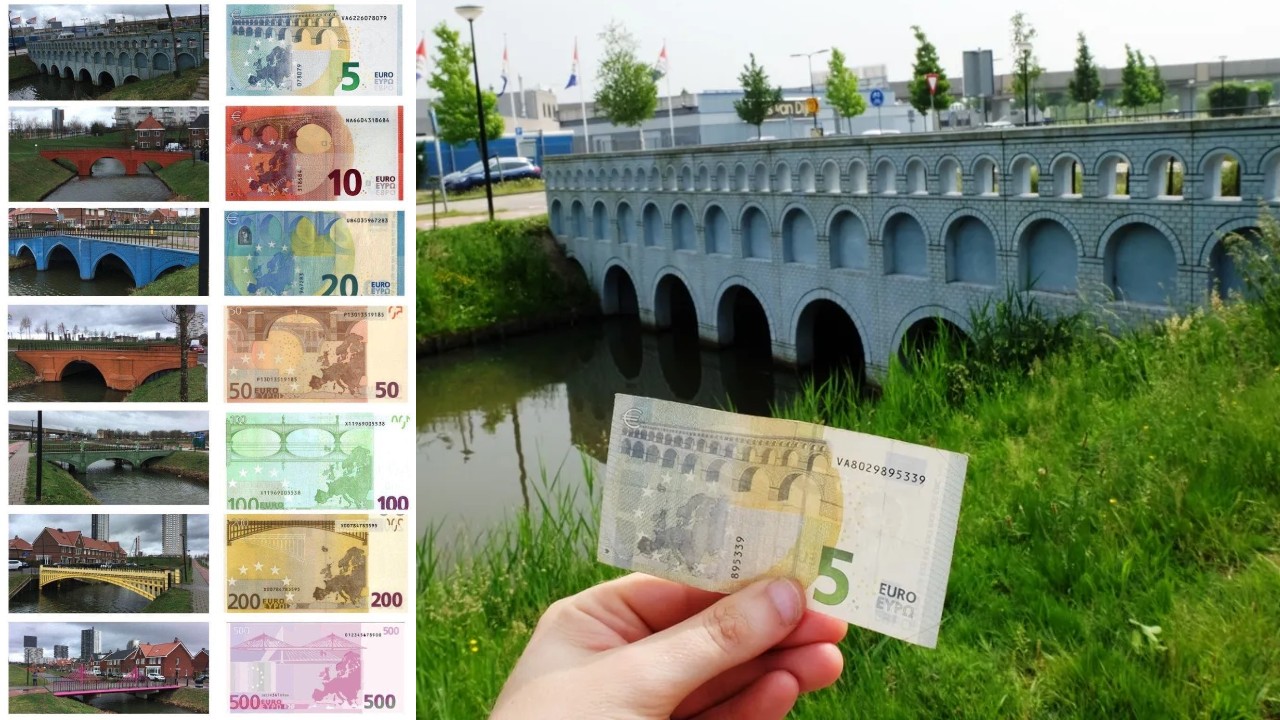
Bridges that retain the shape and color of the originals All except those representing 200 and 500 banknotes, It was made of concrete. The newest 200 and 500 models are made of steel.
“Bridges of Europe” 1 million euros were spent to complete the project bearing his name. Currently, the region and bridges are frequented by cyclists.
Periods represented by bridges:
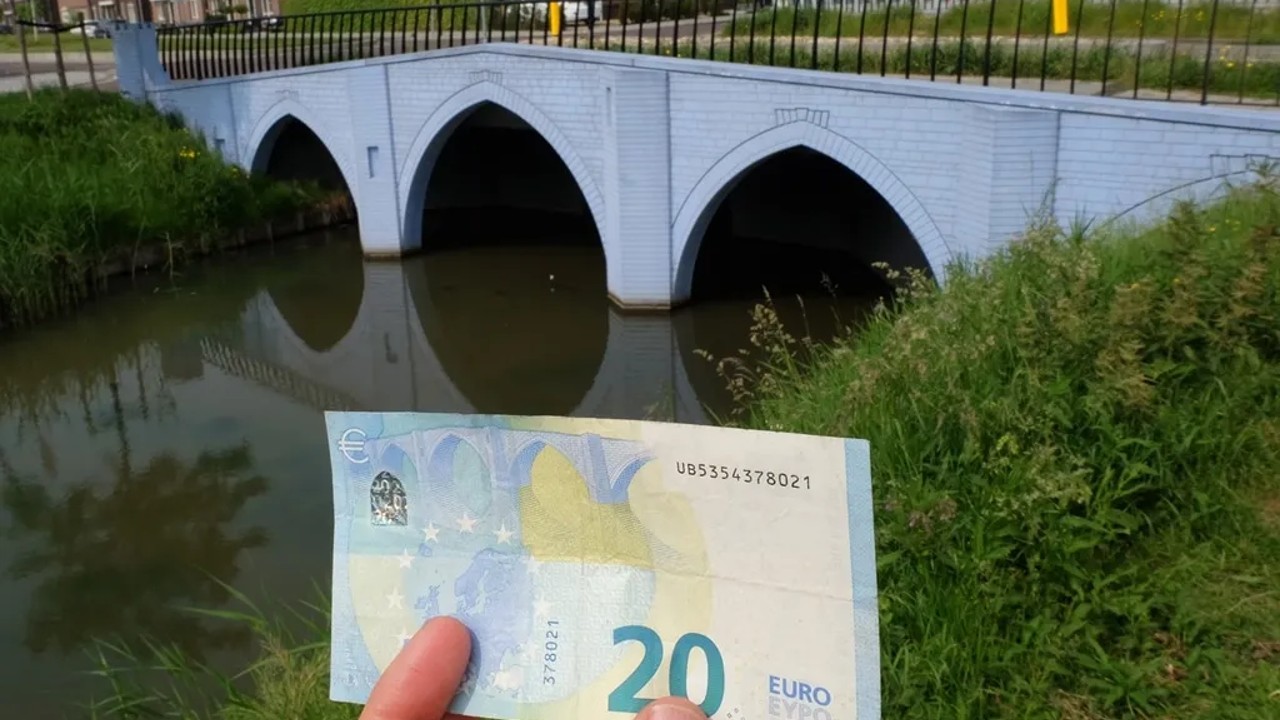
- Grey: classical period
- Red: Roman period
- Blue: Gothic
- Orange: Renaissance
- Green: Baroque and Rococo
- Yellow: industrial period
- Purple: modern period
Our other content that may interest you:
RELATED NEWS
Why is this village in the Netherlands where no Turks live called “Turkey”?
RELATED NEWS
How Did Tacoma Narrows, One of the Largest Bridges in the World, Collapse by Rocking Like a Cradle?
RELATED NEWS
